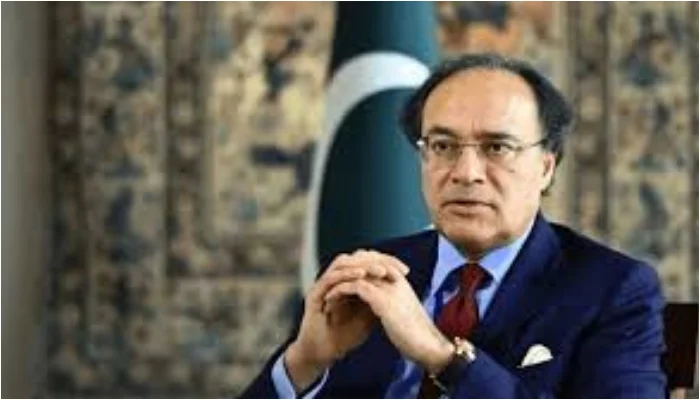THE last time there was so much focus on the tribal areas, then Fata, we ended up with its merger with KP. Once again, with regard to the merged areas, the drumbeats of change are becoming louder in the corridors of power. However, yet again, locals of the area are mere observers looking in from the outside.
In the aftermath of the US invasion of Afghanistan, then Fata, took centre stage in this region’s affairs. The Taliban took refuge along the Pak-Afghan border, with Tora Bora the most popular of the cave complexes. Soon after, by the mid-2000s, the Pakistani Taliban, or other militant groups, had taken control of most of Fata in Pakistan. A new great game took root in this belt that decimated the local culture, economy and lifestyle of its people. Unfortunately, the wrong conclusions were drawn.
The tribal nature of this area and its people, it was concluded, was the root cause for the spread of militancy and the area’s underdevelopment. So, it was decided by the then powers that be, that it was time to ‘mainstream’ Fata. National security experts saw it as a means to counter militancy, while West-influenced development specialists viewed it as the great liberation — freeing the barbaric tribesmen from their ‘past’, if you will.
Others decided it was time for Fata to cease to exist. Without any genuine consensus building, and on the illusion of a demand from a group of pseudo tribal youth, all major political parties of Pakistan, other than the JUI-F, voted for Fata to be merged with KP, with promises of peace, prosperity, legal rights and development.
It’s safe to say the merger has not gone as planned. It has failed to: secure the merged districts’ share in the NFC award, deliver functioning judicial services, provide promised government jobs or quota seats to residents, promote businesses or industry production, create employment opportunities, develop carefully planned urban centres, or even give the area sustained peace — all pre-merger promises.
If the merger of East and West Germany is an example of how to merge two developmentally unequal regions of similar ethnicity into one, Fata’s merger with KP is one of how not to. The tragedy is that local stakeholders, including the majority of the then elected members from Fata and influential elders and youth residing there, had highlighted these impracticalities that today the government is perplexed by. However, over the past few years, as political turmoil expectedly gripped the country, the merged districts’ problems took a back seat.
Residents of the merged areas have become too accustomed to decisions being imposed on them
Recently though, after global successes on the foreign policy front, following the conflict with India, the federal government seems to be willing to mend local fault lines within the country. In this regard, on June 3, 2025, a grand jirga by Prime Minister Shehbaz Sharif was called in Peshawar of participants from all of KP’s conflict-affected districts, but predominantly the merged districts. Importantly, the jirga was also attended by the army chief and the KP chief minister, along with his cabinet and the province’s senior administrative staff. Two key demands of the provincial government were the release of funds for the Accelerated Implementation Programme (AIP), a special package for Fata following its merger with KP by the federal government but executed through the KP government, and the revival of the jirga system for administrative purposes.
Subsequently, by mid-June about Rs35 billion were released for the AIP scheme. To put this in context, in the first 11 months of the financial year prior to the jirga, only a little over Rs7bn had been released. That’s over 80 per cent of the total funds being released following this jirga. Similarly, a committee under the convenorship of Amir Muqam, federal minister for KANA & SAFRON, was formed by Mr Sharif, which included the chief minister, governor and senior representatives of the KP government to ‘explore the revival of jirga system and strengthening of civil administration’ for the merged areas.
However, this is where things start to become convoluted. Strong rumours are circulating that the aim of this committee is beyond just the extension of a jirga system. Rather it is to roll back the merger and restore the area’s semi-autonomous status as Fata, a claim the federal government rejects. While some merged district residents have welcomed this rumour regardless of the centre’s reasons, there are many others that fear the motivation behind this. Locals fear this is an attempt to take control of the merged districts’ mineral wealth after the failed attempt of passing a new mines and minerals law in KP.
Others fear that this might be part of a larger negotiated settlement with militant groups, since the rollback of the merger was a key demand of the TTP when negotiations took place with them during the tail end of Imran Khan’s government. Out of fear of public backlash, the KP government’s boycott of committee meetings, after originally asking for it and attending the initial meetings, has only added fuel to the fire. But trying to evade the problem won’t make it go away. The reality is that the current system is not working and reform is needed.
Unfortunately, the residents of the merged areas have become too accustomed to decisions being imposed on them and being made from the angle of ‘administering’ them. While the ongoing conflict against militants in the area has put reforms on hold for now, local apprehensions about the state’s intentions are understandable. Importantly, regardless of the policy the centre advocates, whether the revival of the jirga system or the merger’s rollback, the process by which they do it and for them to be cognisant of who they are doing it for, is key.
Regrettably, even the wording and membership of this committee seems to be for assisting the bureaucracy to regain their pre-merger control rather than for providing relief to the public. Overwhelmingly, locals are proponents of the jirga system, but community-led ones. Not the corrupted jirgas that had increasingly started under the supervision of the local administration. They want legal cover for community jirgas that even now take place.
Simply put, the federal government should ensure that local stakeholders are involved not just in the consultation process but also in decision-making for any reforms they intend.
The writer is a development practitioner and a former parliamentarian.
X: @GhaziGJ
Published in Dawn, August 20th, 2025





